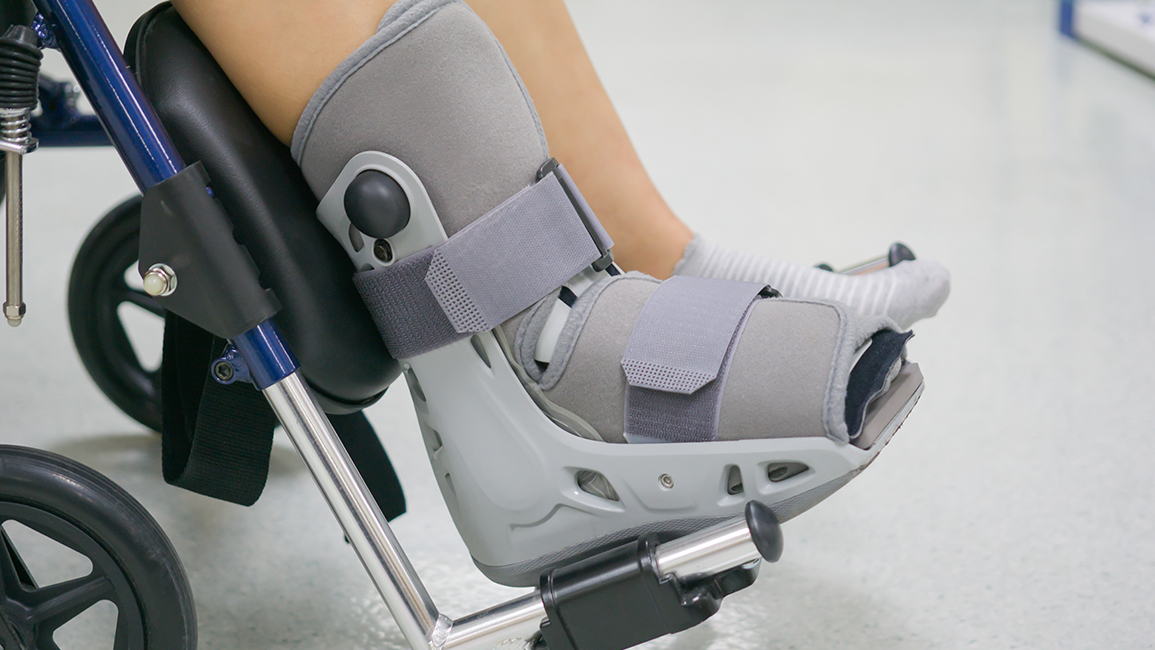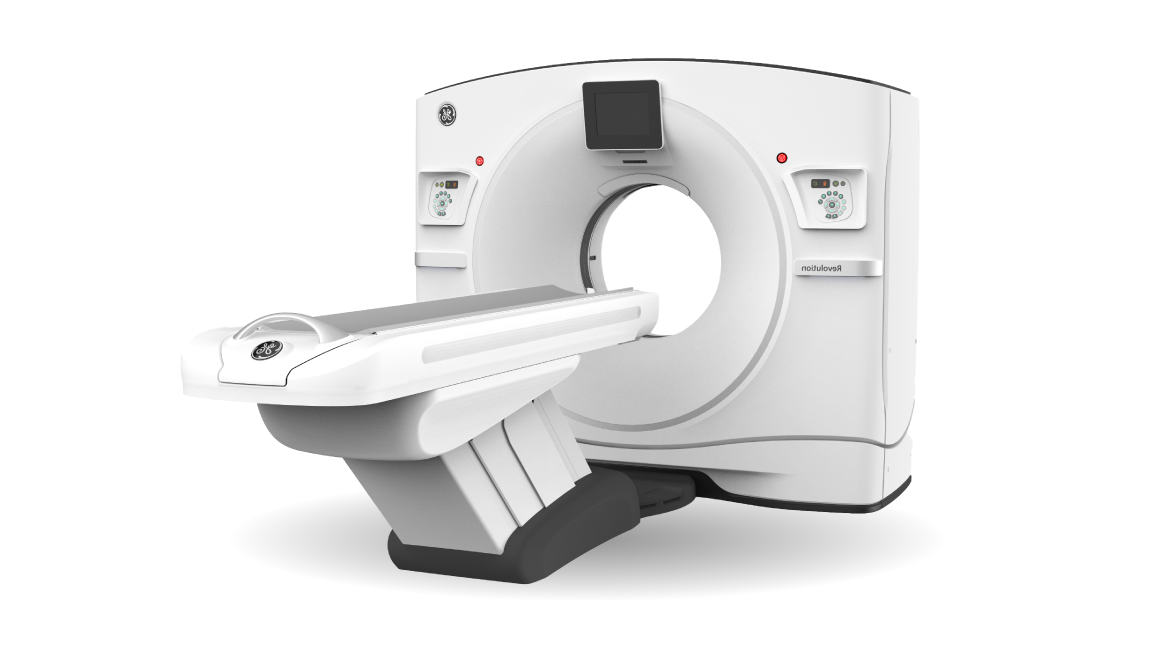Instructions for Splint Patients
Center : Orthopedics Center

Splint is a rigid or flexible device that designed to immobilize and holding a displaced or movable part such as bones and joints in place but other parts outside of the splint are movable. Moreover, it also able to protect injury tissue by relieving pain, swelling and healing fractures. At the present, splint is made of plaster and plastic.
Taking Care of Splints
A splint takes about 3 - 5 minutes to harden after putting on by the doctor. However, the harden splint still damp, it will take 1-2 days to dry completely. The completely dry splint is strong and lighter than when it is wet. Therefore, below are how to taken care of splint on the first 3 days:
- Prevent splint from broken or dented while it is damp or not completely dry by putting splint on the soft materials such as pillow or sponge. Avoid putting it on the hard material such as place part of the heel on the cement floor or put part of the elbow at the back of the chair. It is advised to support the splint while moving or getting up from the bed carefully, avoid using finger to press or squeeze splint playfully.
- To dry the splint quickly, leaves it in the open air and do not use any blanket or anything to cover. Fan can be used to dry the splint but do not warm it by the fire.
Instructions to follow when splint is dry
- Take good care of the splint to prevent it from getting damp or dirty
- The splint should not be used as a load-bearing unless there is an elastic bandage as a support.
- Should not put any weight on or walk on a splint
Complications that may occur from splint
- Splints is loose when the swelling goes down or it has not been adjusted since the beginning.
- Splints is tight when the swelling increases from not elevate the injury area.
- Wearing a splint too long can cause stiffness in joint.
- Removing a splint too early can cause re-injury resulting in dislocation or deformed of the fractured bones.
Advices
- Often tense the muscles under the splint. Move nearby parts and joints that are outside of the splint. For example, wearing splint on the leg, move toes and tense calf muscle.
- Don’t cut or remove the splint, cotton wool and supporting material without the consent of the doctor.
- Don't let the splint frequently hit on solid objects. Do not let it received pressured until broken or dented, such as stepping on or placing it directly on a hard floor.
- Do not let the splint get wet or expose it to water or using heat to dry it quickly.
- Do not try to scratch the skin inside the splint with sharp or hard objects to reduce itchiness. The objects can break off inside the splint and hurt the skin.
- Elevate arm or leg that wearing the splint to be above the heart level. This helps to improve circulation. While sitting / lying down, use pillow to support the arm or leg that wear the splint. For those who wear splint on the arm, while walking and standing, use an arm sling.
- Visit doctor according to the appointment. However, if there are any abnormal symptoms as follow, come to see the doctor ahead of the appointment. The symptoms are: increased or severe pain, when the fingers or toes in the splint are green or pale, more swollen or numb, when unable to move fingers or the toe in the splint, when some objects get into the splint, the splint feels loose or broken, there is drainage or a bad smell coming from the splint
Online Consultation
Article of Orthopedics Center
High-Speed CT scan 443 Slices: Precision, Speed, and Reduced Radiation Exposure





